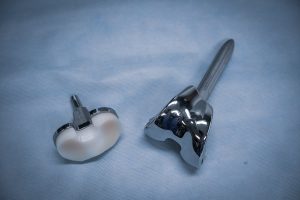
Pedestrian deaths have surged on U.S. roads in recent years, and they are climbing again. Pedestrian deaths hit a 40-year high in 2021, and numbers for the first half of 2022 were up about 5% over the same period in 2021, according to a new Governors Highway Safety Association (GHSA) analysis. It cites a variety of contributors, including heavier vehicles that are more likely to injure or kill people on foot. Roads, meanwhile, are designed to prioritize fast-moving traffic over the slower speeds that are safer for pedestrians, according to the GHSA. Many parts of the United States lack adequate sidewalks, crosswalks and lighting, the group noted. In addition, dangerous driving surged at the start of the pandemic and has not abated. “There is a pedestrian safety crisis on our roads, and it’s only gotten worse since the start of the pandemic,” Jonathan Adkins, chief executive officer of GHSA, said in an association news release. “A single roadway death is tragic. But it’s absolutely mind-boggling and heartbreaking that drivers are killing an average of 19 pedestrians every single day.” GHSA’s annual Spotlight on Highway Safety report is based on preliminary data from state highway safety offices. GHSA said the increase is even more alarming compared to 2019, before the pandemic. Between the first half of 2019 and 2022, pedestrian deaths surged 18%, the GHSA found.… read on > read on >





















-300x169.jpg)
















